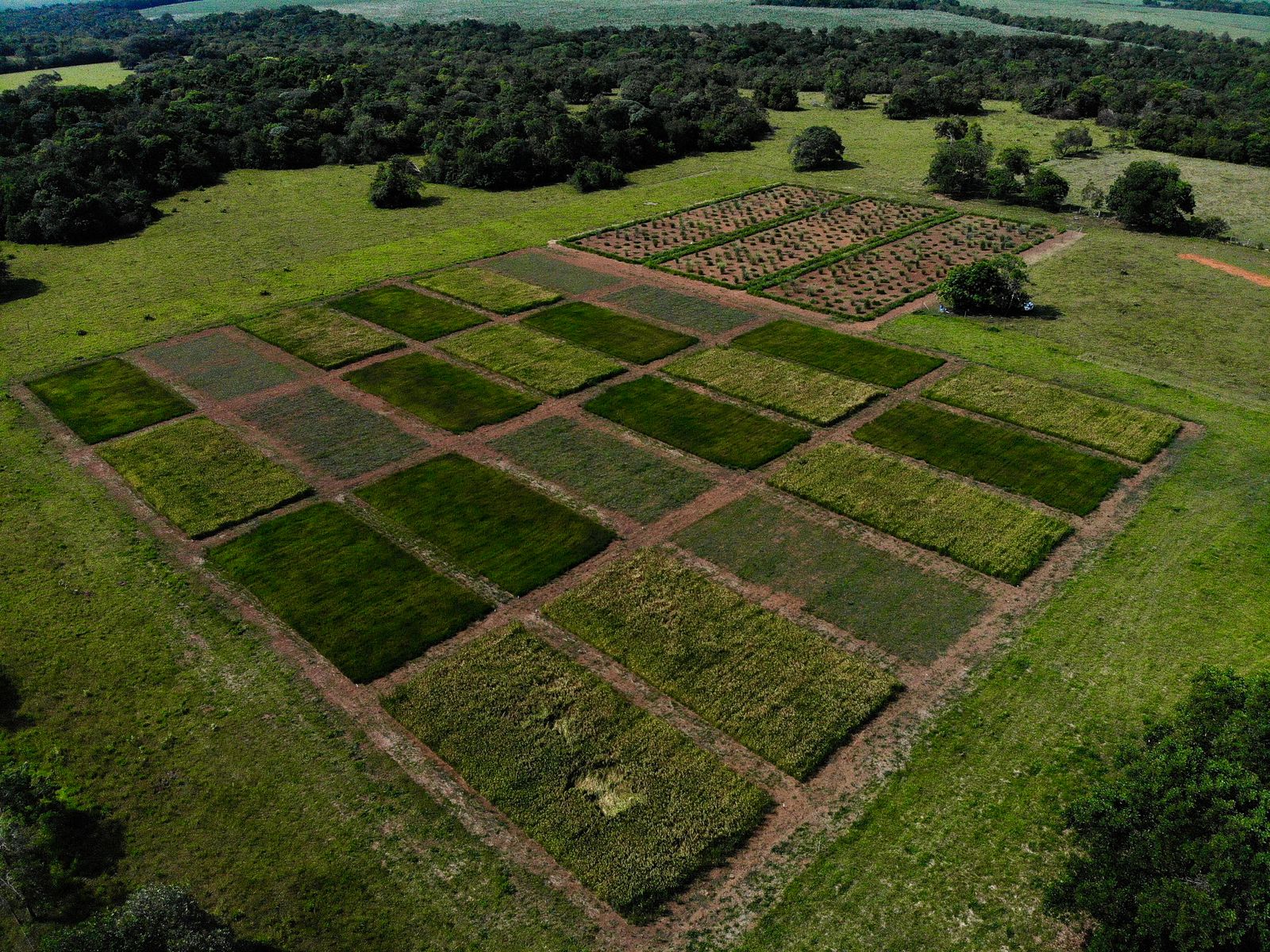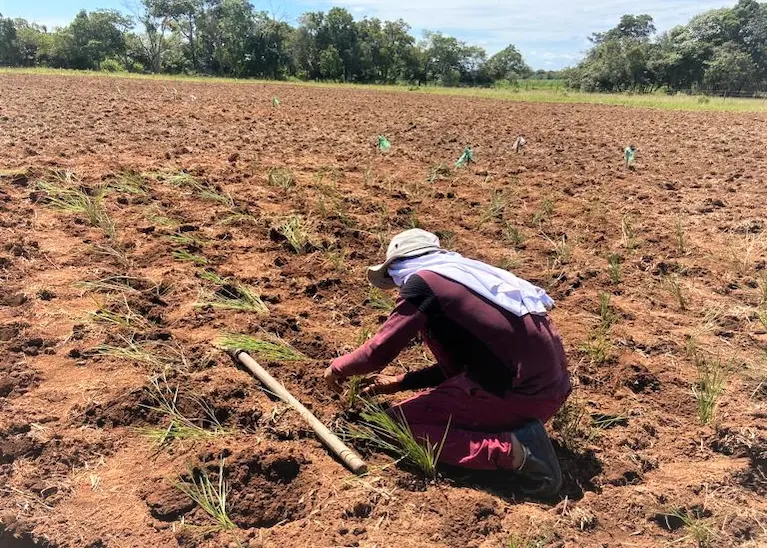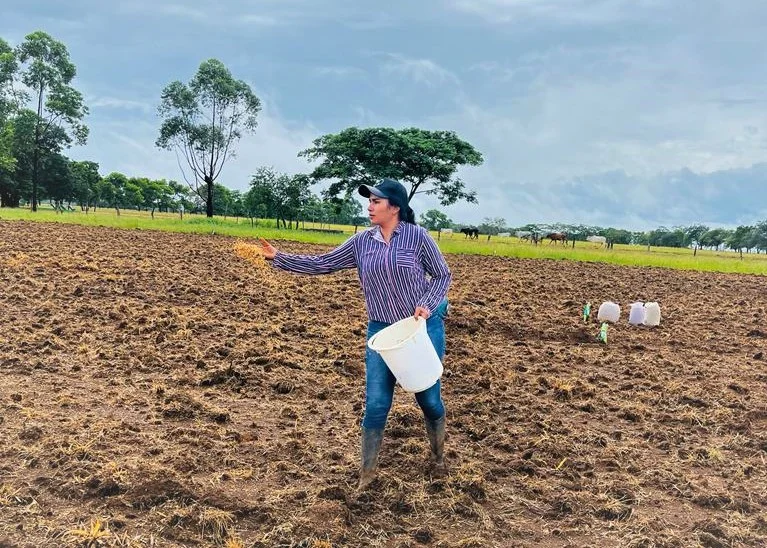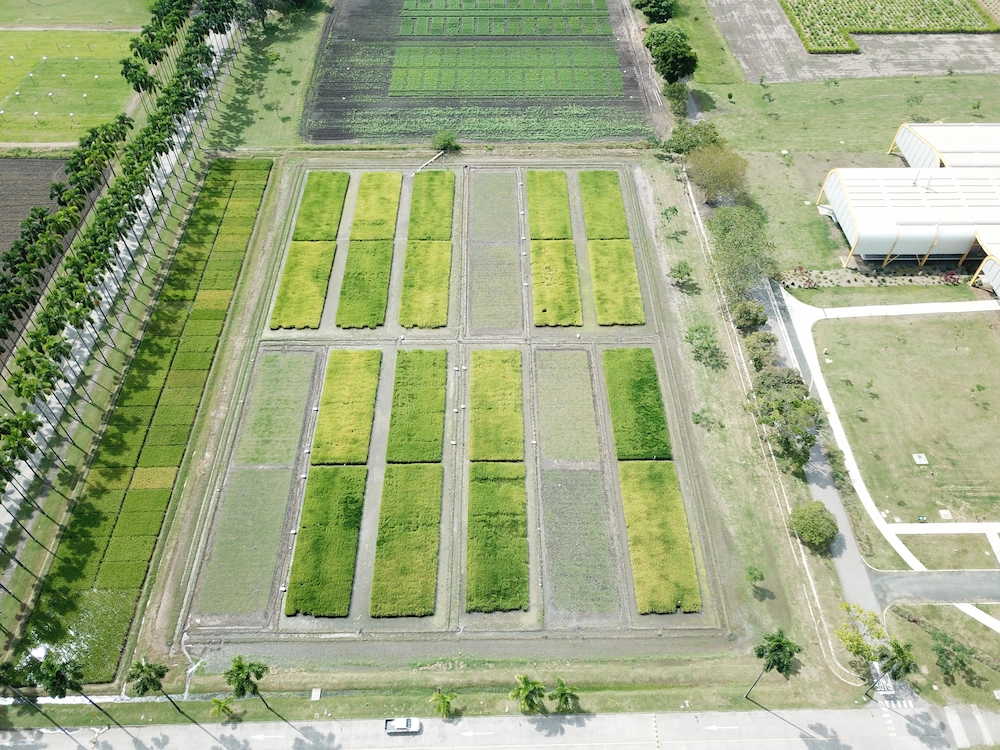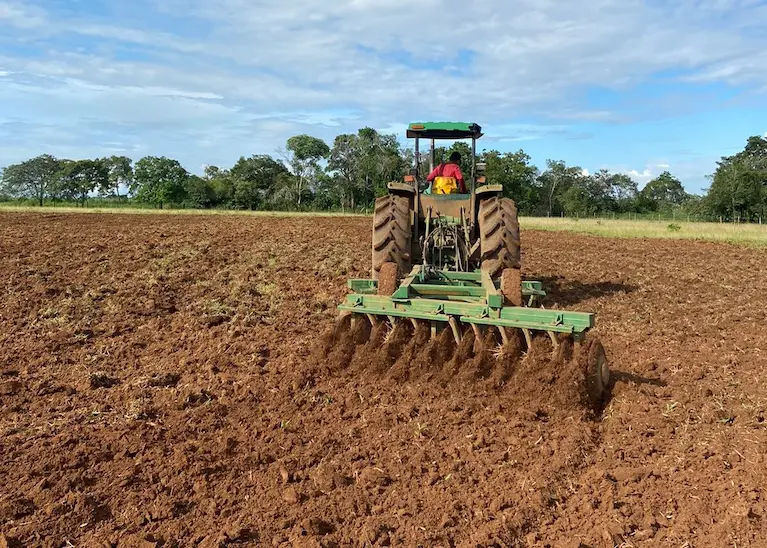Last Update 8/14/2024
Impact of Soils
Integrated crop–livestock systems are characterized using the same land for both crop and livestock production, either simultaneously or sequentially, to improve land use of land and environmental resources. Previous research has highlighted the significant contributions of these systems in replenishing soil organic carbon (SOC). Additionally, the integration of acid-tolerant upland rice varieties with improved grasses pastures has shown promise in boosting both crop and livestock productivity. To establish the baselines for SOC content under these systems, understand the mechanisms and drivers of SOC sequestration, assess the relationship between the deep-rooted new cultivars and improvements in productivity and SOC content in soil, it is essential to evaluate soil conditions within the context of farmers’ fields. This research aims to unravel the potential of deep rooting forage and crop components in replenishing SOC in the tropical soils of human-intervened farms and landscapes.
Our innovative approach
This investigation analyzes SOC stabilization mechanisms at various soil depths in field experiments, utilizing robust methods to assess particulate and mineral-associated organic carbon as well as carbon isotopes (C13, C14) for quantifying SOC persistence and its spatial distribution. We are developing digital soil mapping models utilizing artificial intelligence and remote sensing for site-specific SOC mapping and landscape monitoring. In addition, we are testing different methodologies to assess soil density, employing soil probes and soil pit, which could drastically reduce the costs and timing of measurements.
Outcomes / Outputs
Deep-rooted forage and crop components in crop-livestock systems contribute to replenishing soil organic carbon (SOC) in human-intervened areas with tropical soils. This investigation utilizes digital soil mapping approaches to establish baselines and estimate the potential for SOC accumulation. We identify hotspots for SOC sequestration by leveraging deep-rooted forage grasses and rice genotypes in crop-livestock systems. Our approach involves field trials with pasture grass alone, rice alone, and pasture-rice rotations, with quantified SOC storage changes over time in Latin America. We compare conventional with improved ones using deeper rooting genotypes, assessing differences in SOC storage potential. Furthermore, we will assess disparities in SOC storage potential and specifically assess the contribution of rice roots using stable carbon isotopes.
Future steps
SOC sequestration and stabilization are gradual processes that unfold over several years before tangible changes become apparent. We will continuously monitor the field trials in Colombia while developing robust methods and digital tools for monitoring SOC changes. Digital soil mapping is being tested for its application in monitoring soil carbon in carbon projects, promising to reduce costs and time required for monitoring and supporting scalability. Information from these trials will help determine SOC sequestration rates. We will also assess how regenerative agricultural practices and deep-rooted genotypes enhance SOC storage in deep soil layers and understand drivers and mechanisms for scaling across landscapes.
Contact
Mayesse da Silva
Senior Soil Scientist
Latin America and Caribbean Leader, Multifunctional Landscapes.
m.a.dasilva@cgiar.org
Gallery
Publications
Tools
Predicted soil organic carbon (SOC) content (g/kg) and SOC stock (t/ha)
Organic matter stabilization
Quantifying organic carbon
Links of interest
Laboratorio de Servicios Analíticos
SOC APP

The Alliance of Bioversity International and CIAT is part of CGIAR, a global research partnership for a food-secure future.
Contact
Alliance of Bioversity International and CIAT
Latin American Hub
Palmira – Colombia
Address: Km 17 Recta Cali-Palmira
Phone: (+57) 6024450000

